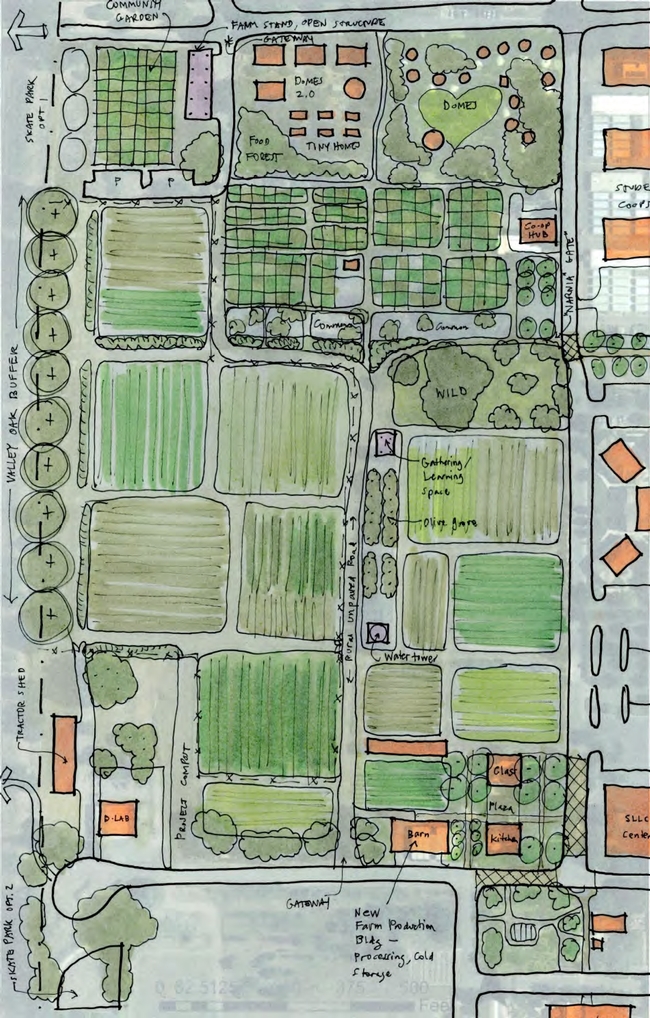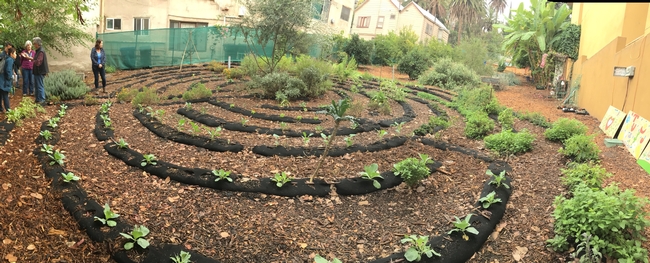Note: This post is first of a series in which we will recap our UC ANR Urban Agriculture Workshops. We'll share key points, as well as links to videos and handouts. Even if you couldn't make it in person, you can still access the content.
Finding land is one of the key challenges for aspiring urban farmers. Identifying an appropriate site, working out an agreement with the landowner, and signing a lease are huge milestones. But once the land is secured, how should the new farm be set up?
Design of urban farms and community gardens was the topic of Dr. David de la Peña's workshop conducted for urban farmers in Sacramento. De la Peña, an Assistant Professor of Landscape Architecture and Environmental Design at UC Davis, specializes in sustainable architecture and community-based design.
His 30-minute presentation is valuable for anyone planning an urban farm, regardless of their geographic location. You can also access his slide set here.
Some of his key points:
-
Think about the physical elements you want on your farm. Will you have raised beds, structures such as a greenhouse, fruit trees, a meeting area? These are just a few of the elements to consider for your plan.
 Sustainable Living and Learning Communities – UC Davis Draft Vision Plan, April 13 2018
Sustainable Living and Learning Communities – UC Davis Draft Vision Plan, April 13 2018 -
Will the community be involved in the urban farm? If so, engage the community in planning and design.
-
Site design should match the purpose of the project. For example, an urban farm focused exclusively on production for market may look very different than a farm designed primarily as a community gathering place.
-
Use renewable and recycled materials when possible.
-
Don't forget aesthetics. It's important for urban farm sites to be attractive. For example, consider including handmade art in the form of signs and mosaics.
-
Make a site map. It can begin as a simple sketch. Ultimately, you want your map to be to scale. De la Peña offers a design exercise to get you started.
De la Peña's talk was part of a day-long workshop on production in urban agriculture. To see the other presentations, which covered pest management, soil management, and more, visit our workshop site. Additional resources on site design can be found on UC ANR's Urban Agriculture website.

